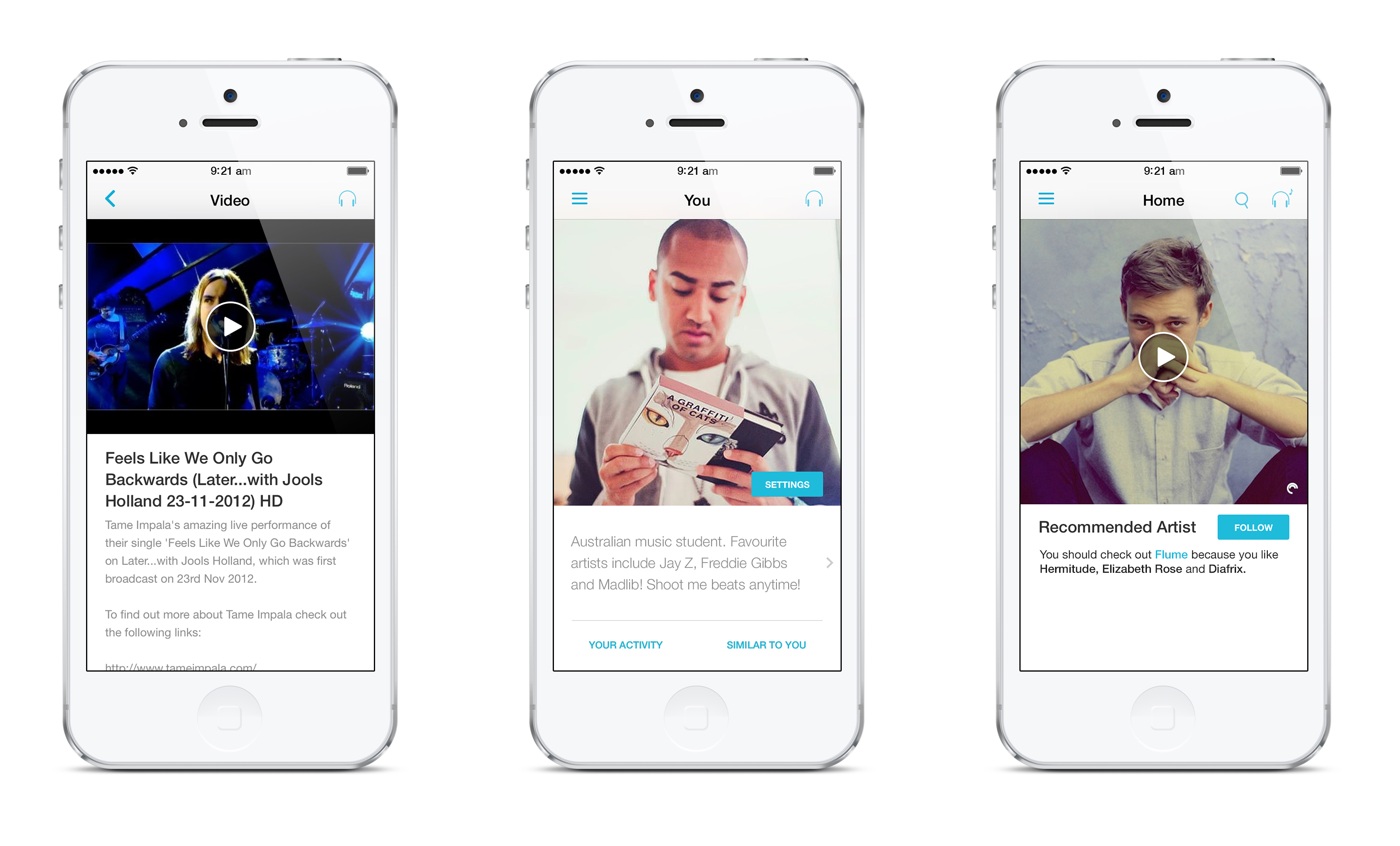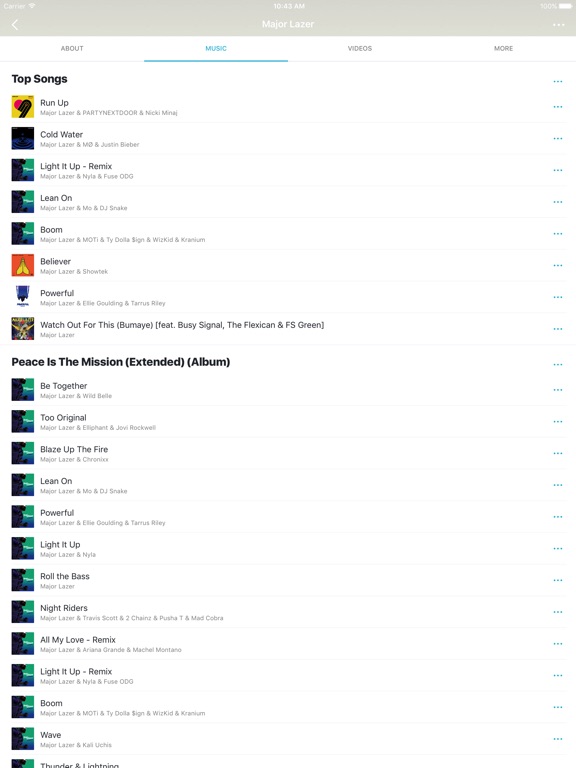

In a 2017 empirical study on Spotify Radio, it was found that liking, disliking, and skipping do not seem to materially impact the recommendation queue. Others approached this from a more critical lens. A quick search through social media platforms reveals a bounty of effusive praise. What are the results of Spotify’s personalized recommendations? For starters, users seem to love it. This is the foundation for Spotify’s personal recommendation methodology.Īn illustrative example of convolutional neural networks in action Thumbs Up? Thumbs Down? The output from these analyses is then cross-referenced with collaborative filtering in another layer of algorithms. Using machine learning techniques, a “taste profile” is developed for every user, and every song is classified into one or more “microgenres”.

The result is a prediction for how a song could perform under collaborative filtering, even without there being any historical usage data.

Convolutional neural networks (“convnets”) applies deep learning technology used in image recognition to analyze audio tracks, thereby identifying high-level “traits” in each song such as tempo, key, mode, time signature, and many others. Echo Nest, a music analytics Spotify acquired in 2014, uses natural language processing to analyze the verbal content of songs and how artists and songs are described online. Spotify handles this problem using two methods. The main limitation of collaborative filtering is that it cannot be used to make recommendations for brand new users or on brand new songs. For example, if two users listen to a similar set of songs, then collaborative filtering can recommend a song not previously heard by User A to User B. Schematic diagram of inputs and outputs in Spotify’s recommendation ecosystem Collaborative filtering attempts to determine a user’s preferences based on historical usage data, by comparing a user’s historical usage data against a trove of other users’ historical usage data. The foundation of Spotify’s personalized recommendation engine lies in a few key technologies. Spotify, however, has taken the lead in using machine learning techniques to generate highly personalized recommendations tailored to each user, most notably through its Discover Weekly function, first released in July 2015.

The downside to human-driven recommendations, however, is that they cannot preclude the curators’ biases, and a manually-intensive process ultimately also means a highly costly process. In the 2000s and early 2010s, this was done manually: For example, Songza manually curated playlists using human “music experts” that users could then listen to Pandora manually tagged song attributes to each song so that similar songs could be bundled.
#Discovr music discovery tool series#
Pathways to Just Digital Future Watch this tech inequality series featuring scholars, practitioners, & activists recommending songs to users based on their listening habits. On the other hand, streamers could provide a better service in the form of music curation, i.e. On the one hand, this could take the form of competitive chicken a la aggressive pricing or service bundling, or occasional early releases or exclusives with a popular artist. This makes finding one’s “competitive edge” of critical importance for the players in the music streaming industry. As the music streaming industry matured and became more widely accepted by both producers and consumers, music streamers have managed to sign up the same suite of major record producers (Universal Music, Warner Music, and Sony Music). While music is not a commodity, the provision of music can be likened to one and the various music streaming platforms are ultimately undifferentiated so long as their catalogues are similar. But in the face of stiff competition from online radios like Pandora and Last.FM, and other deep-pocketed streamers like Apple Music or even YouTube, Spotify’s early mover advantage is not in and of itself sufficient to guarantee its future success.įinding an “Edge” in the Brave New World of Streaming With 191 million total monthly active users, including 87 million premium subscribers, as of 2018 Q3, Spotify is the undisputed leader of music streaming today. Digital distribution gave way to streaming. Piracy gave way to digital distribution (notably championed by Apple’s iTunes). Sales of physical records gave way to piracy. The music industry today is almost unrecognizable when compared against the norm prior to the turn of the millennium.


 0 kommentar(er)
0 kommentar(er)
